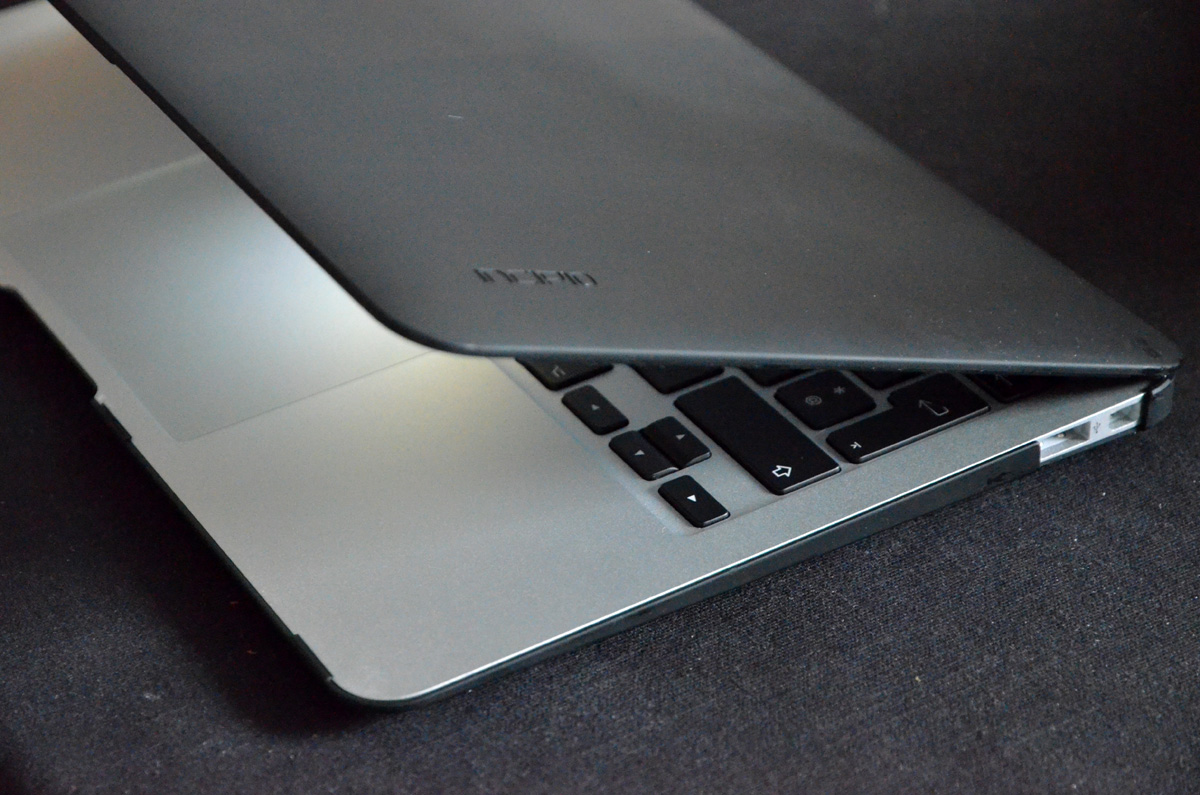

- #MACBOOK 11 INCH WIKI INSTALL#
- #MACBOOK 11 INCH WIKI DRIVERS#
- #MACBOOK 11 INCH WIKI DRIVER#
- #MACBOOK 11 INCH WIKI MANUAL#
- #MACBOOK 11 INCH WIKI FULL#
The X11 video-nv driver is replaced by the video-nouveau as the default graphics driver for NVIDIA video cards.
#MACBOOK 11 INCH WIKI MANUAL#
If you want to change how the pad works you can find out all the options in the manual here: This will give you the ability to scroll with the right hand side of the touchpad, left click by tapping with one finger and right click by tapping with two. Then add the following "InputDevice" section anywhere in the config file: InputDevice "Apple TouchPad" "AlwaysCore" Your '/etc/nf' will have a "serverLayout" section, add the input device "Apple TouchPad". Once installed, it's just a case of editing your '/etc/nf'.
#MACBOOK 11 INCH WIKI INSTALL#
If you're using gnome, 'System' > 'Administration' > 'Add/Remove Software' can check for you and install if necessary. The 'Synaptics' driver should be installed with a standard Fedora install. Without the synaptic driver I found the mouse pointer would become unusable sometimes after the screen saver had been on.
#MACBOOK 11 INCH WIKI FULL#
To gain full functionality (and a very neat 'right button' click) you will need to use the 'Synaptics TouchPad' driver for XOrg/XFree86. This is quite a big problem with Apple laptops as they only have one mouse button. The Apple touchpad works with Fedora 'out of the box' but only uses a generic mouse emulation driver. I expect a reboot is not actually necessary, you can probably get away with just restarting the network manager. I would, however, just load the 'b43' module before the reboot to make sure there are no errors: That's it, upon reboot you should have a working wireless card! Clicking on the network icon should list all the available networks you can connect to. # b43-fwcutter -w "$FIRMWARE_INSTALL_DIR" wl_apsta_mimo.o # export FIRMWARE_INSTALL_DIR="/lib/firmware"Įnter the 'broadcom-wl-4.150.10.5'/driver' directoryĪnd finally run the firmware cutting tool to extract the firmware to your system: Next, use the 'b43-fwcutter' tool to extract the firmware to your Fedora system:įirst, as 'root' set an environment variable pointing to where the firmware should be installed on your system:.You should end up with a 'broadcom-wl-4.150.10.5' directory and inside that a 'driver' directory containing 'wl_apsta_mimo.o'. Use the 'wget' command below to download it. You can get the firmware from the project. If you don't have it you can install it using 'yum': It is a command line tool and should already be installed if you have done a standard Fedora installation. The firmware cutting tool is used to extract the bit of firmware needed from the proprietary driver. The first thing to do is to make sure you have the 'b43-fwcutter' tool installed and grab the firmware. Getting a wireless card running the Broadcom chipset working with Fedora.This guide assumes you are using kernel version 2.6.25 or newer (Fedora 9 and above). The b43 driver with the proprietary firmware currently supports these versions: To find out what version you have use a terminal to enter this command as 'root': Although the 'b43' driver is open source, a proprietary piece of firmware is required in order get this wireless chipset to function. For a comprehensive list of supported chipset versions and more info, check the b43 page.
#MACBOOK 11 INCH WIKI DRIVERS#
This chipset uses the 'b43' drivers contained in the kernel. To get a list of current hardware, in which you should be able to spot your wireless card and see what chipset it uses, open up a terminal and as 'root' type:



 0 kommentar(er)
0 kommentar(er)
